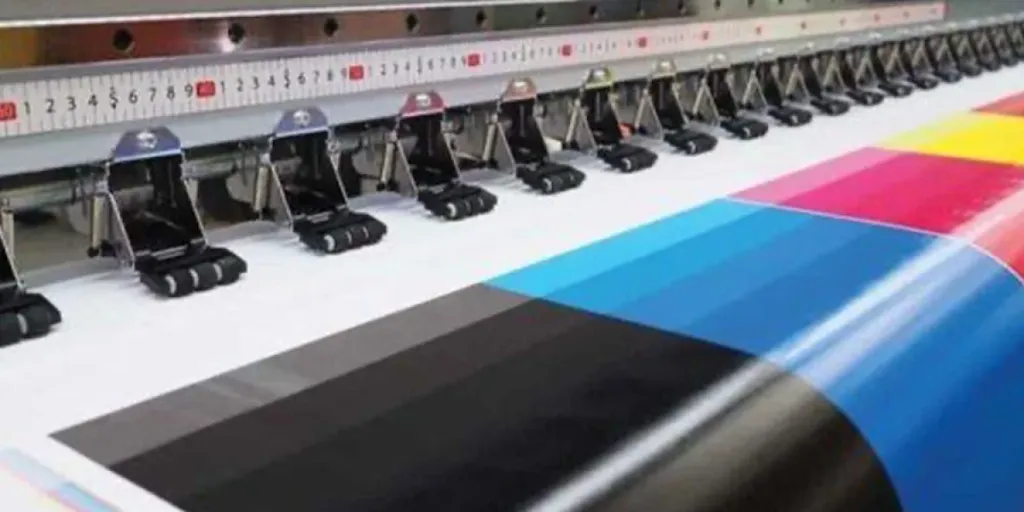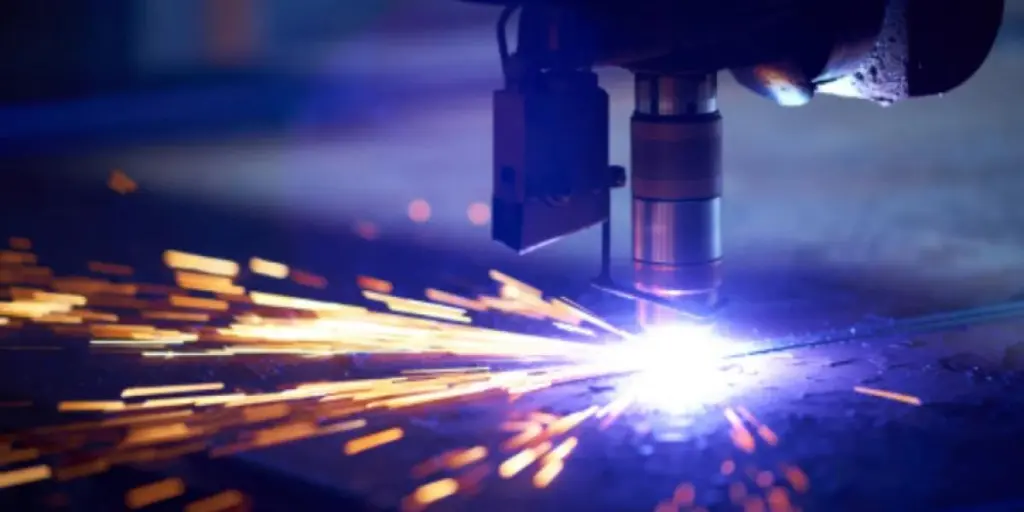Inkjet printers are found everywhere, but identifying a good one may be a headache sometimes. This article will help identify the best inkjet printer in the market. We’ll discuss the available types and the factors to consider before buying inkjet printers for businesses. We’ll also look at the target markets of each printer and the growth potential they have.
Table of contents:
The current demand and market share of inkjet printers
Important factors to consider when buying inkjet printers
Types of inkjet printers
Individual target markets for inkjet printers
The current demand and market share of inkjet printers
The market value of inkjet printers was $80.4 billion as of 2020. This equates to 923 billion A4 prints. This large market share is due to improved technology and printing integration. Features such as a higher quality output and reduced manufacturing costs have also been behind the roaring success of inkjet printers. The largest market in this industry is the North American region. However, the Asia Pacific region is the fastest-growing one.
Important factors to consider when buying inkjet printers
Printers come in many shapes and sizes. Acquiring the right printer requires considering the factors mentioned below.
Running cost
The cost of running a printer is influenced by several factors: the cost of ink/toner, the cost of the printer, maintenance costs, and the printer’s power consumption. Comparing this against the cost of outsourcing the work may be essential before a business acquires a printer.
Type of printer
There are three types of printers, namely laser printers, inkjet printers, and smart tank printers. Laser printers use heated toners to print, while inkjet printers use liquid ink. Smart tank printers have ink/toner tanks that reduce their need for replacement.
There are two main types of inkjet printers, thermal and cold piezoelectric. Thermal printers have tiny chambers each with a heater that ejects a drop of ink when instructed digitally. Cold piezoelectric printers also have a chamber of ink with a nozzle that releases ink when voltage is applied.
Printing speed
Inkjet printers are slower compared to laser printers. Inkjet printers print 5 to 18 pages per minute of black and white content, while laser printers will print 9 to 25 pages per minute. Depending on the job a business wants to handle, the printer’s speed may vary.
Printer size
The printer size affects the paper size to be used in printing. Large printers can be used to print A1 (594mm x 841mm) or A0 (841mm x 1189mm) sizes, which are large paper sizes, while small printers can print smaller papers such as A4 (210mm x 297mm), A5 (148mm x 210mm) and A6 (105mm x 148mm).
Resolution
Resolution is measured in DPI (Dots Per Inch). It’s a measure of how precise a print can be. It is essential when printing photos or images. Supposing a business will solely print images, a more suitable option will be a high-resolution printer such as a laser printer. However, if the business is printing documents, an inkjet printer will suffice.
Required function
The need for a printer may vary. Some printers are best suited for bulky printing. A printer with a high speed and that uses laser technology because of the high PPM should be the choice. However, office printing will require a cheaper, smaller printer.
Printer head
The printer head is the part of the printer that prints on paper. A good printer will have a print head that lasts for a long time. Notable brands that offer quality printer heads are Epson, Xaar, Ricoh, Konica, and Toshiba. Acquiring a printer with a good warranty is essential as it’ll ensure businesses if the print head breaks down.
Latest technologies
There are two main technologies used in inkjet printers when it comes to the distribution of ink. Drop on Demand (DoD) and Contemporary Inkjet (CIJ). DoD deposits ink on the surface drop-wise. This may be through mechanical means or by the use of electrical charges. CIJ, on the other hand, has a continuous flow of ink. It is more suitable for commercial inkjet printers.
Types of inkjet printers
There are different types of inkjet printers. This section will explore each of the three types.
All-in-one/multifunction printers
All-in-one printers can perform several functions besides printing, such as copying, scanning, faxing, and duplexing.

Features:
- They have network drivers for different operating systems.
- They’re compatible with both black and white and color printing.
- Their price ranges from $2700 to $5200.
Pros:
- They’re suitable for many functions.
- They’re easy to maintain.
Cons:
- They’re slower in printing compared to single-function printers.
- They’re more expensive to acquire and maintain.
Photo inkjet printers
Photo inkjet printers can be dedicated to printing photos only or printing on other mediums such as paper.

Features:
- They have photo editing functions such as red-eye removal.
- They have slots for reading digital media such as memory cards and flash disks.
- Their price ranges from $2000 to $2100.
Pros:
- They offer superior resolution due to their high DPI (Dots Per Inch).
- They can also be used for printing on other surfaces such as paper.
Cons:
- They’re slower compared to laser printers.
- They’re more expensive than ordinary paper printers.
Single function inkjet printers
Single function inkjet printers are printers that have the sole function of printing.

Features:
- They’re dedicated to one function, printing.
- Their price ranges between $150 and $5000, depending on the size.
- They’re suitable for businesses based on printing only.
- They can print both color and black and white.
- They have a digital interface.
Pros:
- Slim measurements
- Low initial purchasing cost
- High printing speed
Cons:
- They have high maintenance costs.
- They cannot be used for other purposes such as scanning or copying.
Individual target markets for inkjet printers
Projections put the inkjet printers’ growth to $118.2 billion by 2025. This is with a CAGR of 11.4% by volume and 8.0% in constant value terms. The industry has experienced cutthroat competition as major players develop better inks and superior inkjet machines. The Asia Pacific region is the fastest-growing region, with North American and European regions following closely. Geographically, North America holds the largest market share worldwide.
Conclusion
At times getting suitable inkjet printers may be challenging. Given their many models, types, and functions, guided help is necessary when buying inkjet printers for businesses. In this guide, we’ve discussed the types of inkjet printers and the factors to be considered when buying them. Also, we’ve also seen the market potential growth of each printer. Visit the inkjet printers section on Alibaba.com to see these printers and more.




